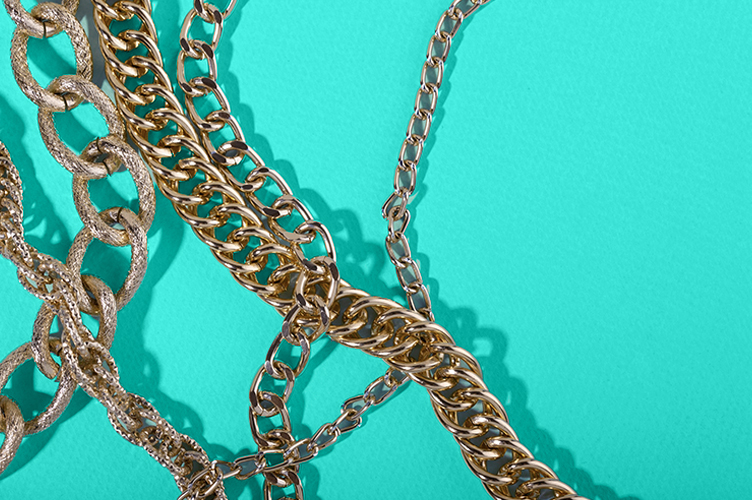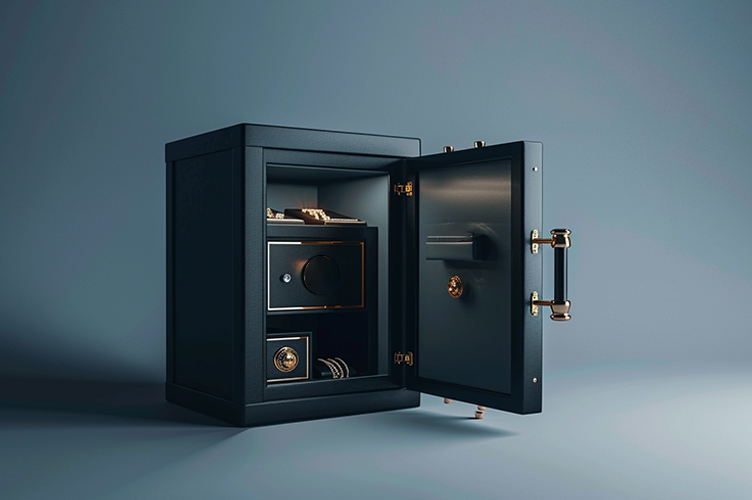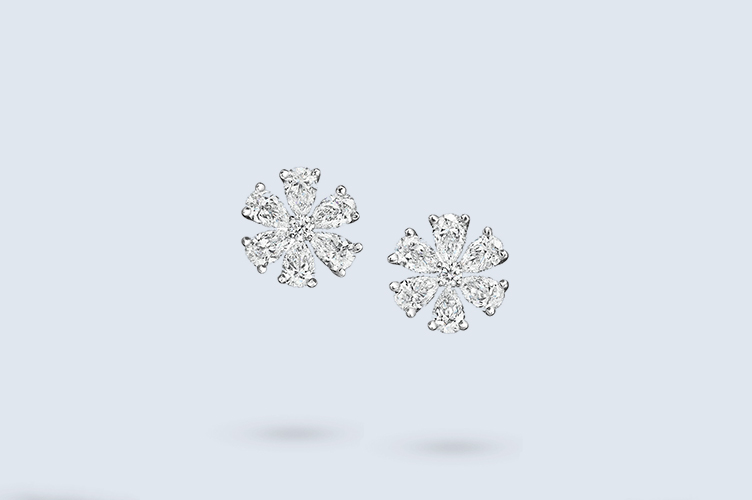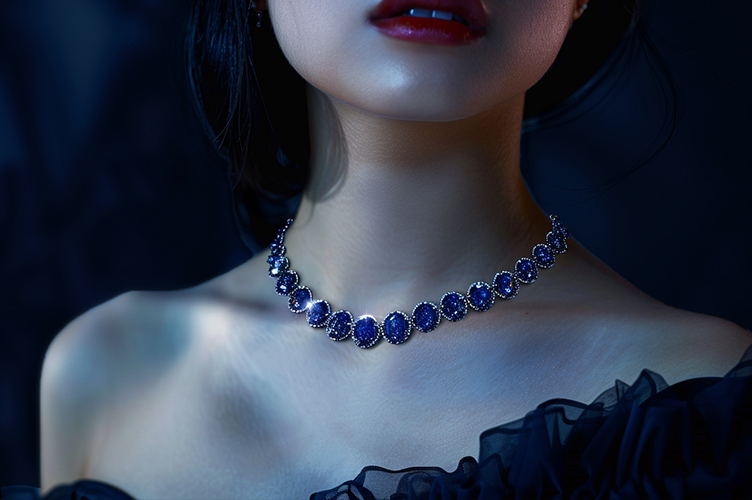In the past 100 years royal weddings have changed significantly. Previously, marrying a commoner was very rare and royal weddings were usually arranged for political and empire growing reasons with both the bride and groom both already coming from royal rank. However, in 1923 Prince Albert married Elizabeth Bowes-Lyon and while she was the daughter of a wealthy Scottish aristocrat she was not of any sort of royalty. When Prince Albert’s brother abdicated the throne, prince Albert became King George VI and their daughter Elizabeth became the heir to the throne and ultimately Queen. In the late half of the 19th century royal weddings became more of a public spectacle as daily newspapers reported on them. The first televised royal wedding was when Princess Margaret married Lord Snowden in 1960. In the 20th century royal weddings became a celebration that the whole nation joined in with. The streets were decorated, and ordinary people shared in the royal ceremonies by having street parties. When Prince William married Kate Middleton, the country was given the day off work as a bank holiday so they could watch the wedding and celebrate the royal marriage.
In the British Royal family, it is a tradition to get married at Westminster Abbey which is an Anglican church in the City of Westminster, London. The Abbey has a capacity for 2,200 guests, but because the most recent weddings have been televised this means they have been witnessed by many worldwide. When Prince William and Kate Middleton got married at the Abbey on 29th April, 2011 nearly a billion watched the ceremony live. In fact, 16 royal weddings have taken place at Westminster and this tradition goes back 900 years to 1100 when Henry I got married to Princess Matilda of Scotland. Prince Harry and Megan Markle got married at St George’s Chapel in Windsor on Saturday the 19th of May 2018. St George’s Chapel is in Windsor castle which has belonged to the monarchy for almost 1,000 years and was one of the main residences of Elizabeth II. The chapel is another location for many royal weddings. The chapel has previously been the venue for the weddings of Prince Harry’s uncle, the Earl of Wessex as well as his cousin, Peter Phillips.
Royal wedding dresses over the years have encompassed traditional fashion whilst also embracing the changes of the period. Since the reign of Queen Victoria there has been the tradition of Royal brides having a bouquet of white myrtle flower. The first use of the flower was in a bouquet of the daughter of Victoria and Albert when she was a bride. Since this wedding myrtle flowers have been used in generations of royal brides from Diana, the Duchess of Cambridge, Queen Elizabeth II, Catherine Middleton, and the Duchess of Sussex, Meghan Markle.
There is also the tradition of making wedding rings from Welsh gold. The rings of Queen Elizabeth The Queen Mother, The Queen, Princess Margaret, Princess Anne, and Diana, Princess of Wales were all made from the same nugget of gold from a Welsh mine, Clogau St David’s at Bontddu.
As well as Myrtle there is another floral tradition which began with Queen Victoria’s wedding to Prince Albert. She did not wear a tiara but chose to wear a wreath of orange blossom which is an emblem of Chastity. Queen Victoria’s Wedding fashion of orange blossom emblem and white silk wedding dress became the standard attire for Victorian royal brides. In fact, Princess Victoria, Princess Alice, Princess Helena, Princess Louise, Princess Louise Margaret of Prussia, Princess Helena of Waldeck and Pyrmont, Princess Beatrice and Princess Alexandra.
Another bridal tradition is to wear a tiara. It is a royal tradition that the first times a woman wears a tiara it is on their wedding day. The tiara can come from the bride’s own family vault, such as Princess Diana donning the Spencer Tiara on her 1981 wedding day. Or sometimes the statement tiara is acquired by the groom’s family such as Kate Middleton borrowing the Cartier halo tiara from Queen Elizabeth for her wedding day.
1840 – Queen Victoria’s Wedding Dress
The History of Osborne Myrtle in Royal Weddings
Sir George Hayter (1792-1871) – The Marriage of Queen Victoria, 10 February 1840
Royal Wedding Colors, Symbolism and Traditions
Royal Weddings in History: Dynasty and Diplomacy
Wedding of Queen Elizabeth II and Prince Philip, Duke of Edinburgh
Royal Weddings through London’s History
Royal lace: the Wedding Dress of Diana, Princess of Wales
The Royal Wedding and the Duke of Sussex






